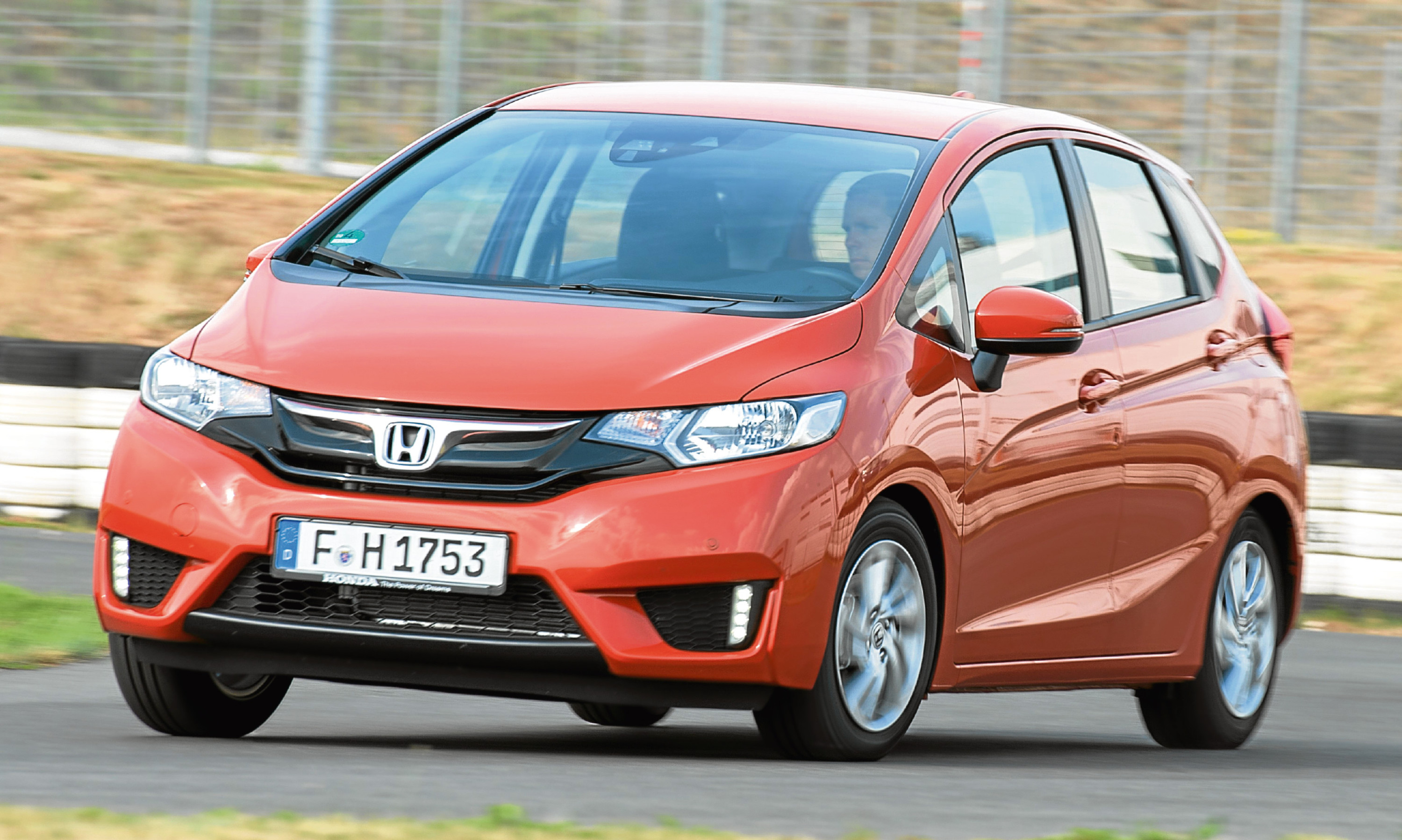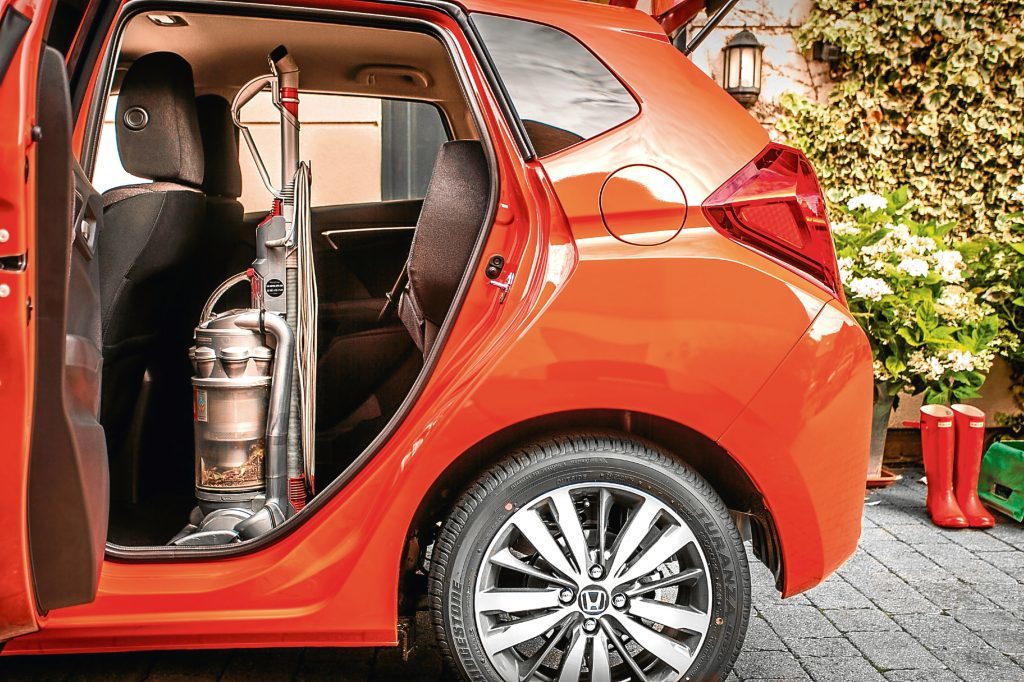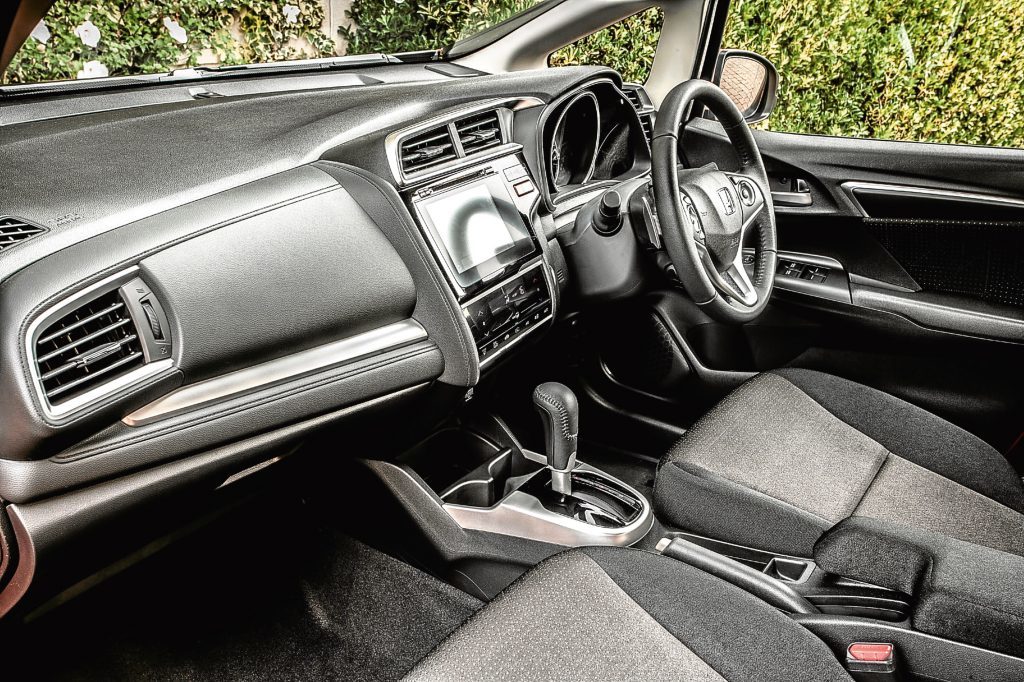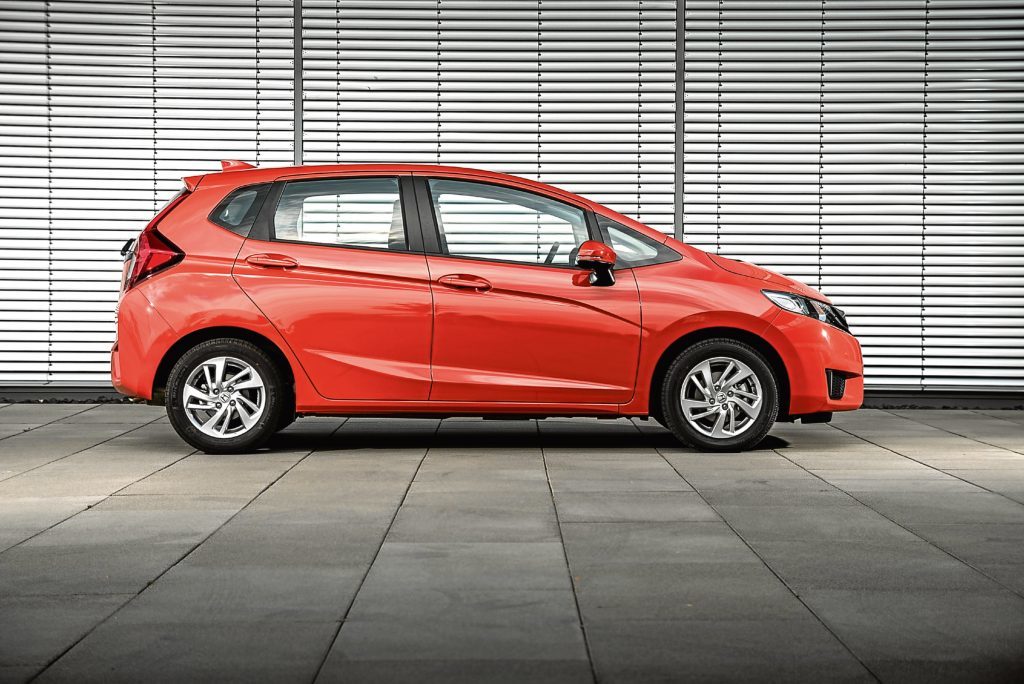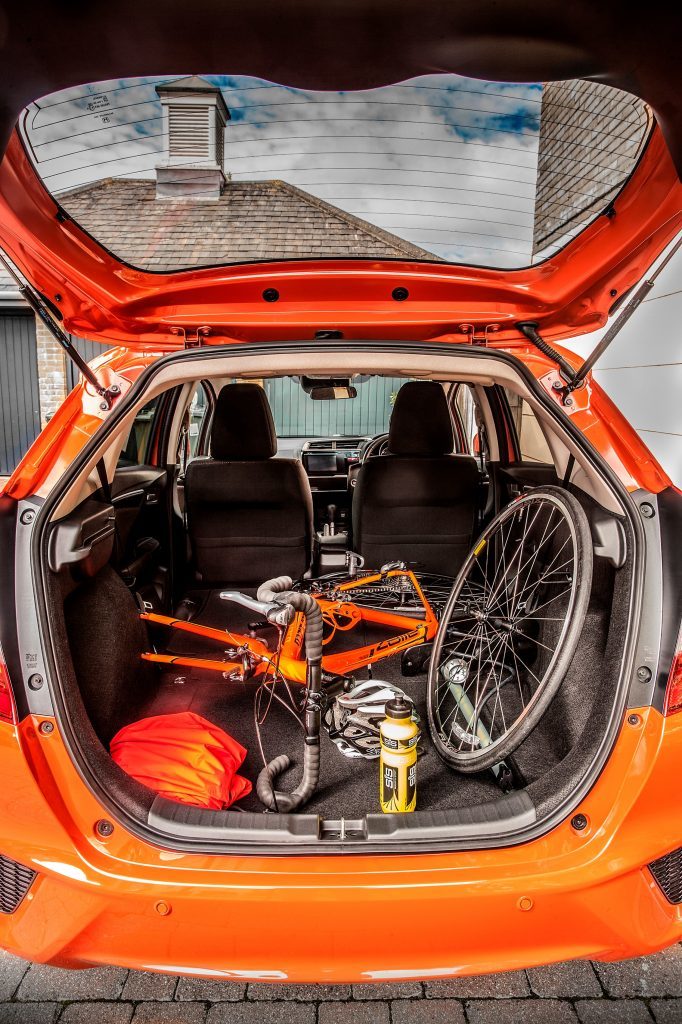How exactly do you better a best seller? Back in 2007 when they launched the second generation version of their Jazz supermini, you got the feeling that Honda really weren’t quite sure.
Its predecessor, launched in 2002, had after all, offered buyers something unique and unobtainable elsewhere, a revolutionary ‘magic seat’ interior design that gave supermini buyers the greater practicality of a larger family hatchback.
Its replacement delivered more of the same in a smarter package – but not much else. With this third generation model, Honda had to move the game on. The good news is that they have.
There’s a stiffer, more responsive chassis and a much more up to date petrol engine that’ll help the brand in its efforts to try and lower this car’s traditionally rather aging customer demographic. And all the ‘magic seat’ cleverness inside continues, versatility that most segment rivals still haven’t matched.
The Jazz rides on Honda’s new global B-segment chassis and as such is both lighter and more structurally rigid than its predecessor.
The revised dampers also assist in improving ride quality and a redesigned electric power-assisted steering system claims to deliver better feedback for the driver. Yes, you heard that right: feedback. In a Honda Jazz. Things have certainly changed.
Comprehensive soundproofing brings further improvements, and Honda has worked at reducing engine, road and wind noise.
The only Jazz engine choice is a 1.3 litre i-VTEC petrol unit with 102hp. It’s mated to a six-speed manual transmission which replaces the old five-speed and there’s also the option of a semi-automatic CVT transmission.
Honda has changed just about everything possible on the outside but it’s a Jazz and you know what? It still looks like a Jazz. Slightly bulbous and unthreatening it remains but some of the detailing is now a bit sassier.
The interior has come on leaps and bounds with a huge windscreen that imparts a genuine feel of airiness up front. Boot capacity measures 354 litres, with space extending to 884 litres with the seats folded.
The dash is dominated by either a five-inch LCD multi-information display or a seven-inch Honda Connect infotainment touchscreen, depending on model grade.
As before, Honda has priced this Jazz against higher quality offerings in the supermini segment, so expect to be payment Volkswagen Polo rather than Ford Fiesta money for one. Prices start at around £13,500 and there’s an £1,100 premium to pay if you want the CVT automatic gearbox.
Specifications are generous across the range, with base-grade S models fitted with convenience features such as air conditioning, cruise control with speed limiter and dusk sensing auto lights. Every grade comes with Honda’s City-Brake Active to help avoid low-speed accidents.
Ask almost any motoring expert to recommend the supermini they’d buy with their own money and many will still plump for this one. It isn’t the feistiest car of its kind on a twisty road, but we’d trade that for this model’s excellent ride and superb gearbox.
it’s still the cleverness of this car’s packaging that impresses most, with its neat magic seating and tardis-like cabin. It’s true that equipment levels could be higher and cabin materials plusher but against that, build quality is excellent and residual values unrivalled. It all explains why this car has such a dedicated following. Try one and you’ll understand.
Price:
£13,495
0-62mph:
11.2 seconds
Top speed:
118mph
Economy:
56.5mpg
CO2 emissions:
116g/km
